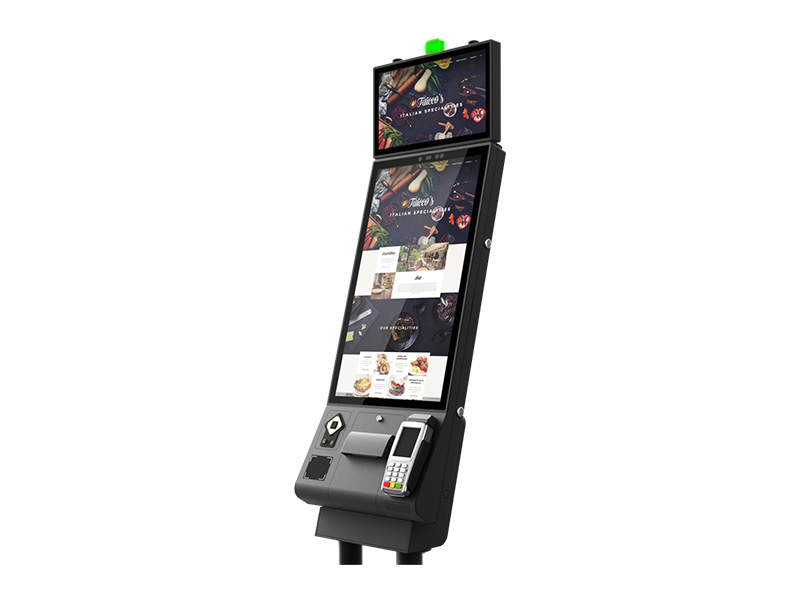
The Ultimate Guide to POS Software: Revolutionizing Modern Business Transactions
In today’s fast-paced retail and service environments, efficiency and accuracy are paramount. Point of Sale (POS) software has emerged as a cornerstone technology, transforming how businesses process transactions, manage operations, and engage customers. This article explores the essentials of POS software, its benefits, types, and future trends, offering insights for businesses seeking to optimize their operations.
What is POS Software?
POS software is a digital system that facilitates sales transactions, inventory management, and customer interactions at the point where a purchase is completed. It replaces traditional cash registers with dynamic tools that integrate sales, inventory, and data analytics, often through hardware like tablets, touchscreen terminals, or mobile devices.
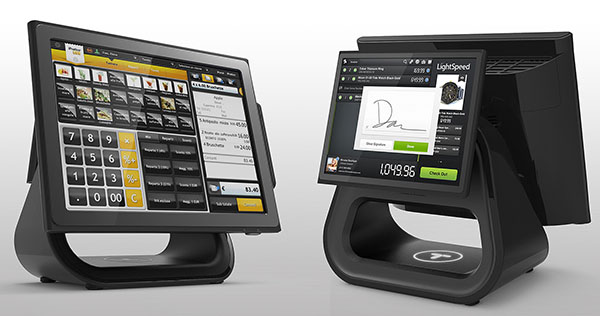
Key Features of Modern POS Systems
- Sales Processing: Streamlines checkout with support for multiple payment methods (credit/debit cards, mobile wallets, etc.).
- Inventory Management: Tracks stock levels in real-time, alerts for low inventory, and automates reordering.
- Customer Relationship Management (CRM): Stores purchase histories, manages loyalty programs, and enables personalized marketing.
- Analytics & Reporting: Generates insights on sales trends, peak hours, and product performance.
- Employee Management: Monitors staff performance, schedules shifts, and restricts access to sensitive functions.
- Integration Capabilities: Syncs with accounting software (e.g., QuickBooks), e-commerce platforms, and third-party apps.
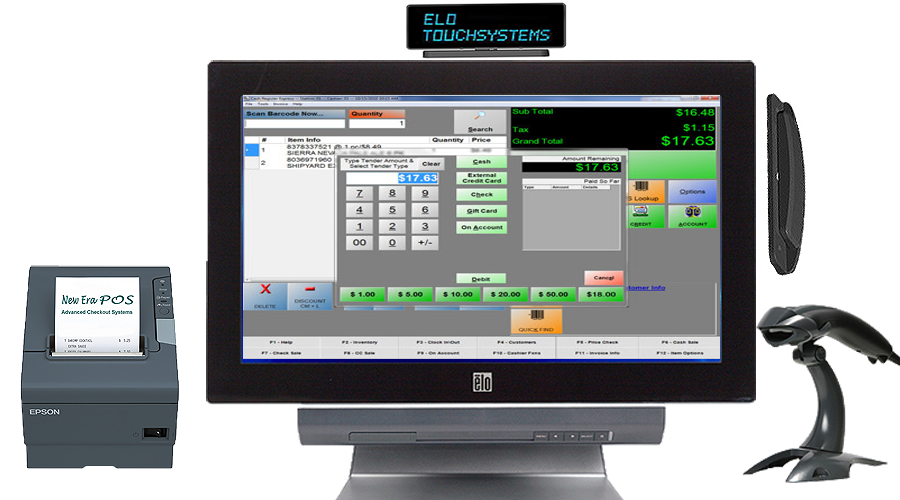
Benefits of POS Software
- Enhanced Efficiency: Reduces checkout times and automates repetitive tasks.
- Accurate Inventory Tracking: Minimizes overstocking or stockouts through real-time updates.
- Improved Customer Experience: Loyalty programs and personalized offers boost retention.
- Data-Driven Decisions: Access to actionable insights helps refine sales strategies.
- Scalability: Adapts to business growth, whether adding new locations or expanding product lines.
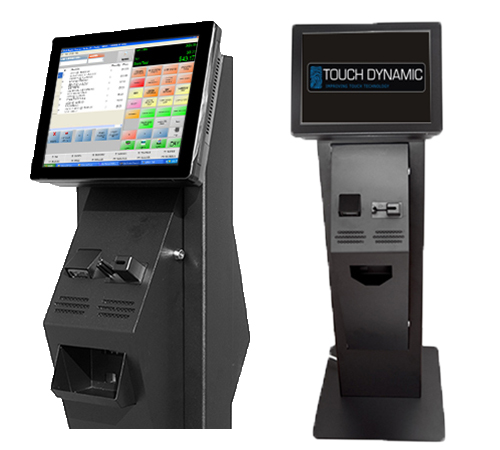
Types of POS Systems
- On-Premise POS: Traditional, locally installed software with upfront costs. Ideal for businesses needing full control over data.
- Cloud-Based POS: Accessible via the internet with subscription pricing. Offers remote management, automatic updates, and data backup.
- Mobile POS (mPOS): Runs on smartphones or tablets, perfect for pop-up shops, food trucks, or small businesses.
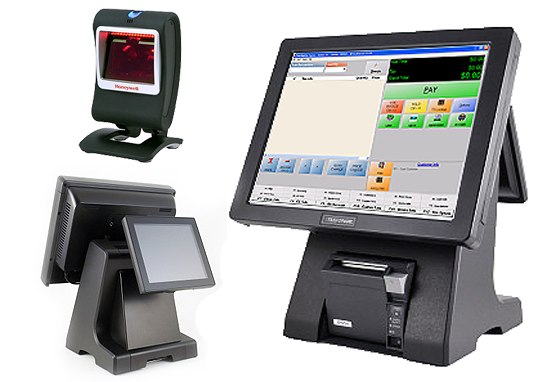
Security Considerations
POS systems handle sensitive payment data, making security critical. Key measures include:
PCI Compliance: Adherence to Payment Card Industry standards.
End-to-End Encryption: Protects data during transmission.
Tokenization: Replaces card details with unique tokens to prevent fraud.
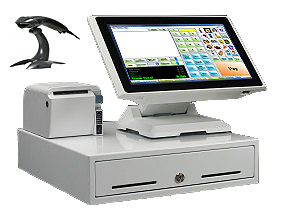
Choosing the Right POS System
Industry-Specific Needs: Restaurants may require tableside ordering (e.g., Toast), while retail stores benefit from robust inventory tools.
Budget: Compare upfront costs vs. subscription models.
Ease of Use: Ensure staff can navigate the interface effortlessly.
Customer Support: Opt for providers offering 24/7 assistance.
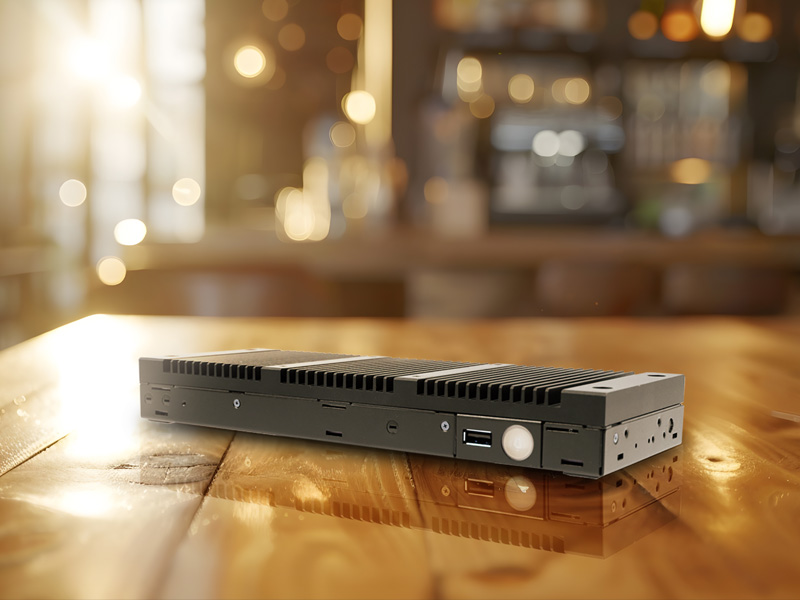
POS software is no longer just a tool for processing sales—it’s a strategic asset that drives business growth. By automating operations, enhancing customer engagement, and providing actionable insights, the right POS system can position businesses for long-term success. Whether you’re a café owner or a retail chain, investing in a scalable, secure, and intuitive POS solution is key to staying competitive in the digital age.
Embrace the future of commerce by choosing a POS system that aligns with your unique needs, and watch your business thrive.